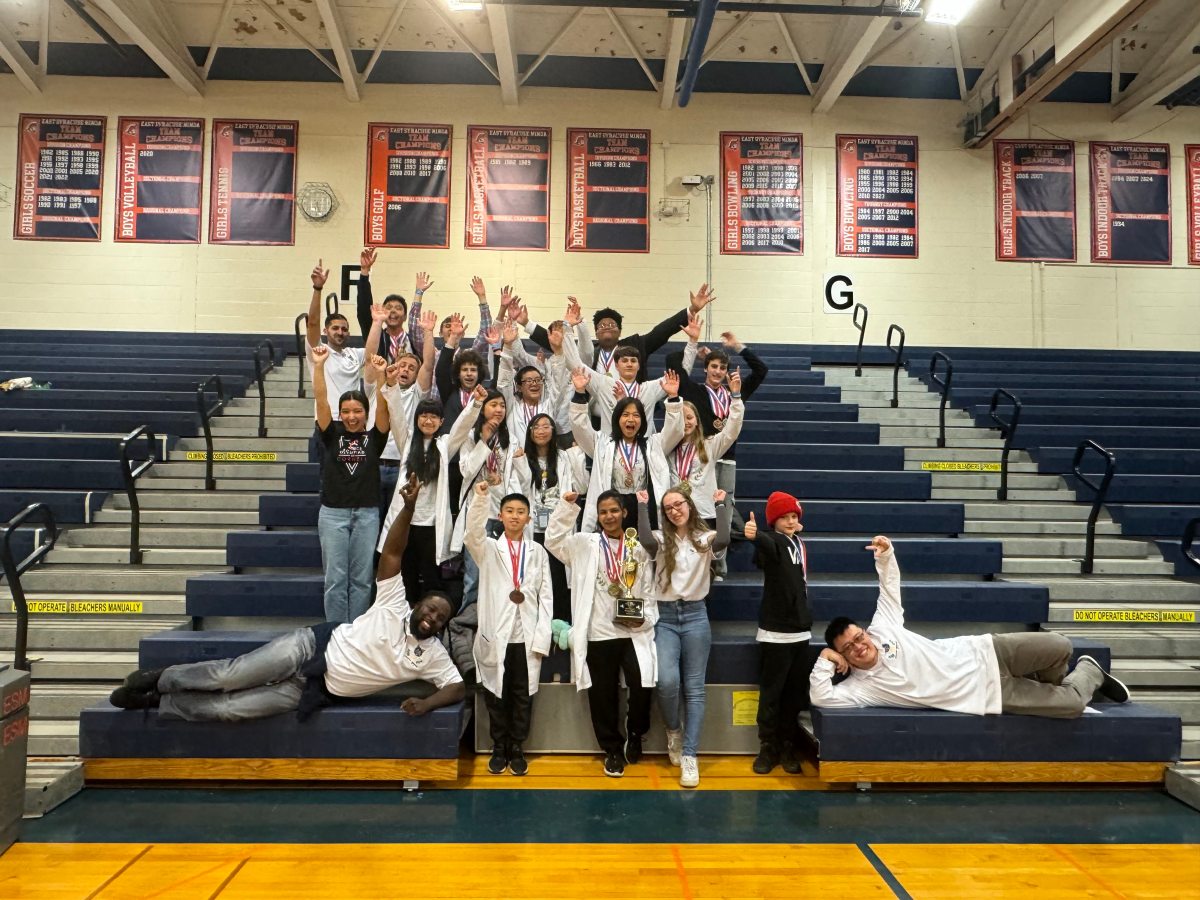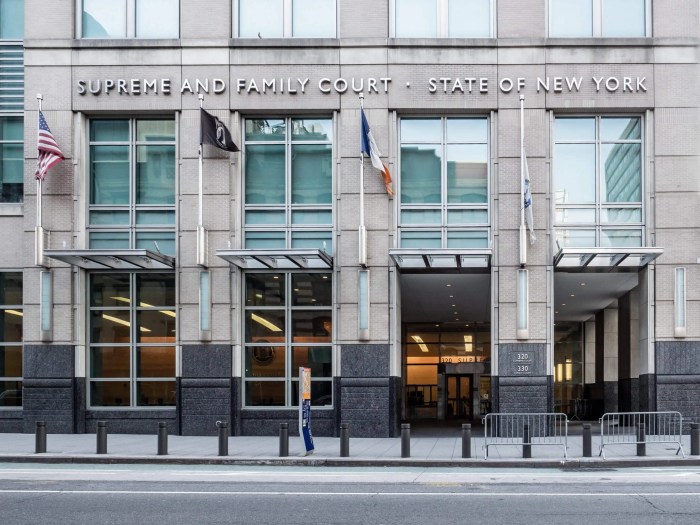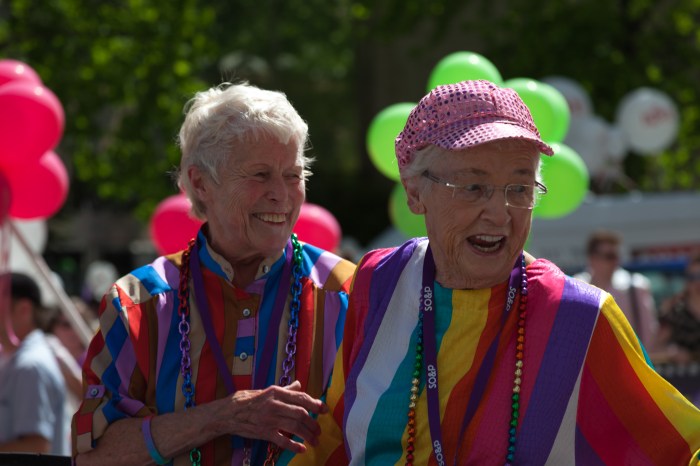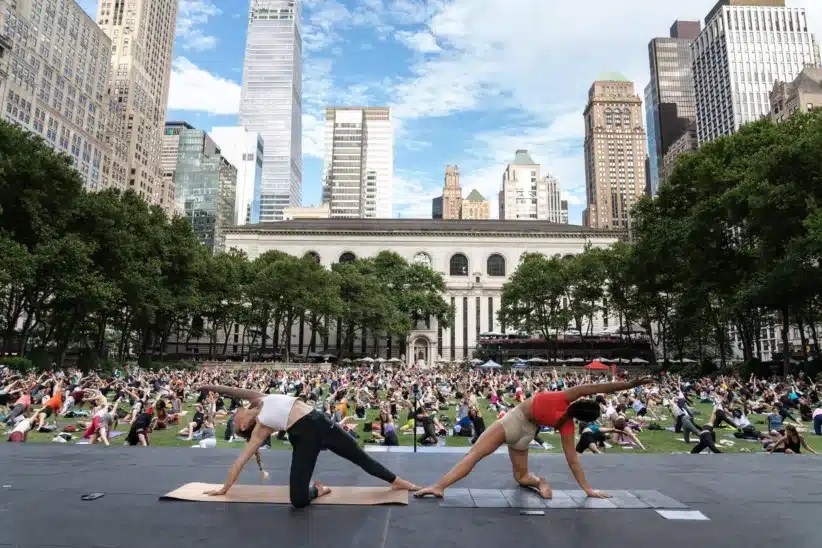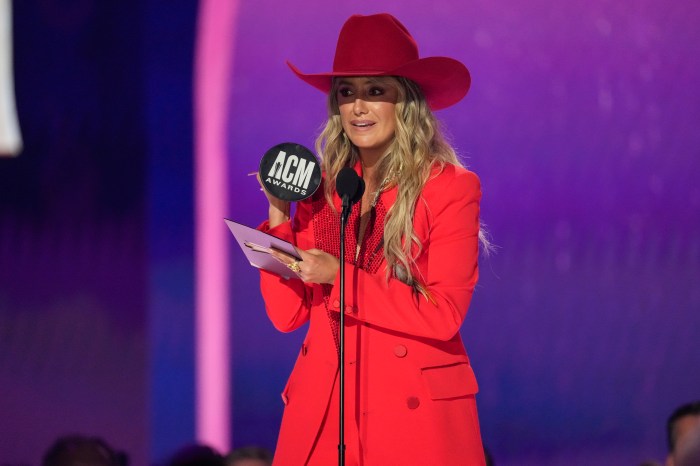An elected official has joined the list of people accusing the public school system of failing to offer sufficient arts education.
Public Advocate Betsy Gotbaum released a report detailing her criticism of the city Department of Education (DOE).
According to her findings, just five percent of Brooklyn elementary schools and 40 percent of middle schools surveyed offered courses in all four arts disciplines – music, visual arts, dance, and theater.
“A study of the arts leads to advanced problem-solving skills,” Gotbaum said. “There’s also a correlation between arts instruction and high graduation rates and improved academic achievement.”
The DOE criticized how Gotbaum’s office compiled the report, insisting that questions about the extent of individual schools’ arts programming were posed to school staffers lacking that information.
“The public advocate spoke with whomever happened to get on the phone at random schools,” said DOE spokesperson David Cantor. “The public advocate didn’t attempt to determine if the person on the phone was best qualified to provide answers.”
Gotbaum’s report comes on the heels of Brooklyn parents suggesting a lawsuit be filed against the city for limited arts programming.
“They’re failing our children,” said Michael Benjamin, first vice president of District 22’s Community Education Council (CEC).
Organizations supporting arts education in public schools have already considered filing a lawsuit against the city.
“It’s been floated,” said Kira Raffel, director of public engagement for the Center for Arts Education, which has awarded $40 million to support art programs.
The DOE says it has made arts a priority in public schools.
The department has implemented its ArtsCount initiative, which is meant to ensure that schools provide sufficient arts programming.
In March, the department released a report offering details about art in schools. It noted that 92 percent of school buildings have arts rooms.
“The DOE has made arts education a top priority, implementing the Blueprint for Teaching and Learning in the Arts – a groundbreaking guide for instruction in city schools’ four arts disciplines – and launching the ArtsCount accountability initiative to ensure that arts instruction is a core element in schools’ educational programs,” Cantor said.
But parents say art and music are often pushed aside in favor of test prep. Another problem is the limited funding for arts programs because of upcoming budget cuts.
Earlier this month, the principal of a local school said he will completely eliminate arts education as a result of funding cuts.
“I will not be able to fund any of my music, theater, visual arts programs because of these cuts,” said James Harrigan, principal of P.S. 229 in Dyker Heights.









